The Pallas’s cat is a small wild cat similar in size to a domestic cat. It inhabits several regions throughout Central Asia.
Scientific Name: Otocolobus manul
Conservation Status: Near Threatened
Subspecies:
- Otocolobus manul manul (Central Asia)
- Otocolobus manul nigripectus (the Himilayas)
Lineage: The Pallas’s cat belongs to the Leopard cat lineage. The lineage includes two genus (Otocolobus and Prionailurus) and five other species – the flat-headed cat, leopard cat, Sunda leopard cat, rusty-spotted cat and fishing cat.
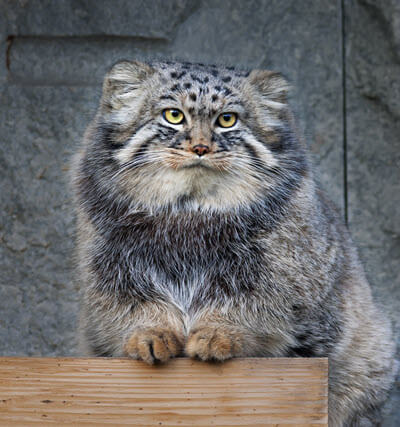
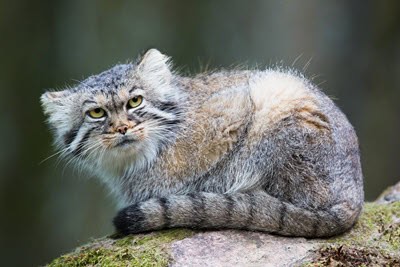
Interesting Pallas’s cat facts
- It was first discovered by German naturalist Peter Simon Pallas in 1776.
- The Pallas’s cat has extremely short legs and short claws.
- It has fewer teeth than most wild cats.
- The Pallas’s cat has long fur that helps keep it warm in cold weather, including under fur that increases the fur’s overall length.
- It also has a third eyelid, which helps protect the cat against dust storms and cold winds.
- They are excellent rock climbers.
More About the Pallas’s cat
The Pallas’s cat is found in Central Asia from the Caspian Sea to southern Russia, including Iran, Afghanistan, Pakistan, northern India, and Central China.
Physical appearance
The Pallas’s cat has a stocky appearance, due in part to its extremely thick fur but also because of the cat’s short legs, which are much shorter than other wild cats. The fur ranges from grey to red-orange in color, depending on the region. There are dark bands on the central part of the cat’s body and back legs. The cat also has dark rings on its tail and spots on its forehead. Black stripes can be seen running from the corner of the cat’s eyes to its white cheeks. The underbelly of the cat is white.
Territory
The Pallas’s cat lives in the treeless grasslands of Central Asia. It can be found at elevations between 16,000 and 17,000 ft. and across western China. The cat has also been seen in India, Pakistan, Kazakhstan, Nepal, Kyrgyzstan, Mongolia, Tajikistan, Afghanistan, Iran, and Russia. Most of its population, however, inhabits Russia and Mongolia.
Hunting and prey (diet)
The Pallas’s cat spends its days hidden in burrows, caves, and the crevices of rocks. They prey on various rodents and the Chukar partridge (a member of the pheasant family) and eat spiders and insects. Because the cat doesn’t run very fast, it stalks and ambushes its prey.
Mating and reproduction
The female is pregnant for 66 to 75 days. There are two to six kittens in a litter. The litters are usually born during April and May. The kittens will start to hunt at about four months of age. How long a Pallas’s cat lives in the wild is unknown. In captivity, they live up to 11 years.
Conservation
Even though the Pallas’s cat is listed by the IUCN as Least Concern, some populations are declining in size due to habitat loss, habitat fragmentation, hunting, and a reduction in prey. Hunting the Pallas’s cat is illegal in every country except Mongolia.
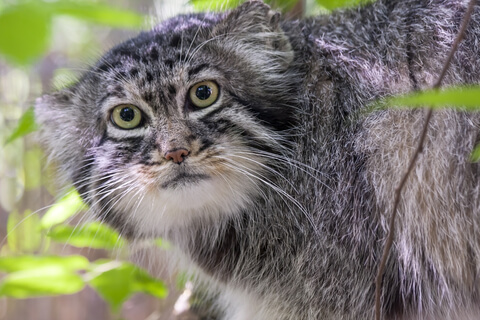

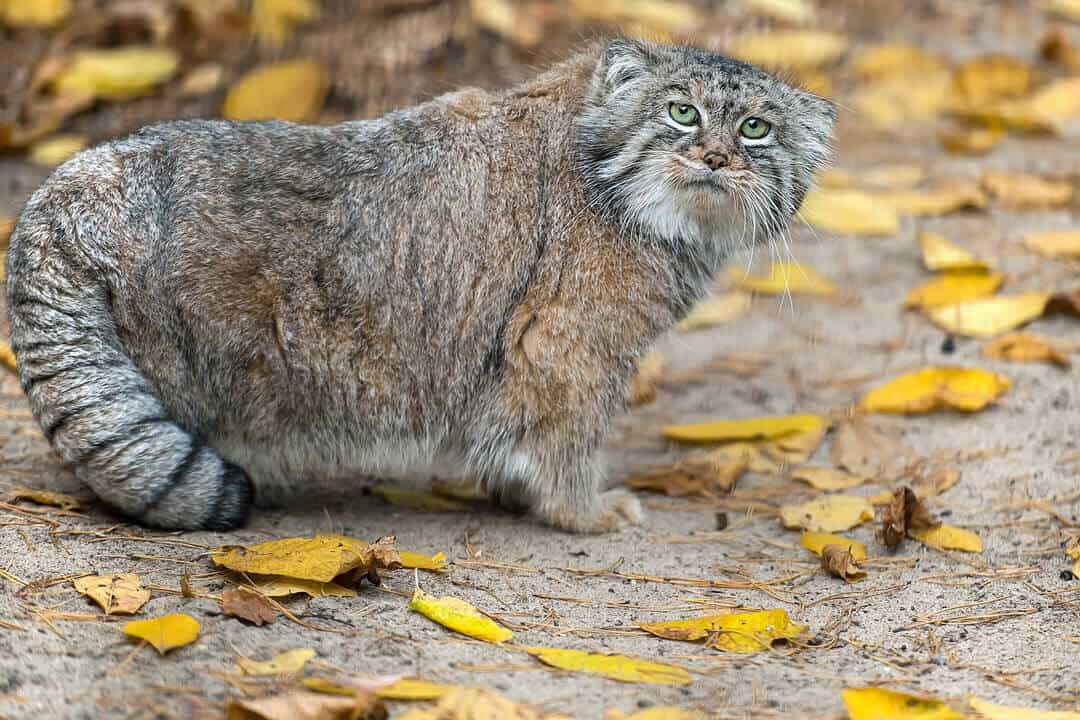


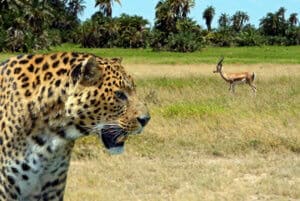








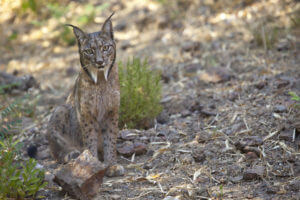




0 Comments